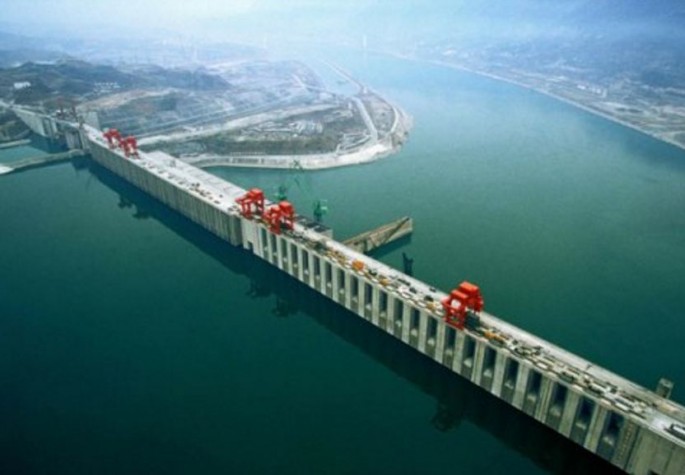Man-made dams and the huge reservoirs of water they store have been identified as a large source of the greenhouse gases (GhG) that trigger global warming.
These reservoirs of water contained in about one million dams around the world are emitting a gigaton, or one billion tons, of annual carbon dioxide equivalents. That means dams contribute some 1.3 percent of global greenhouse gas emissions.
More disturbingly, the emissions are largely in the form of methane, a greenhouse gas with a relatively short life in the atmosphere but a very strong short-term warming effect. Methane, which is a GhG, is 34 times more damaging that CO2 and traps 86 times more heat than CO2 over 20 years.
These were among the findings of a study published in the journal BioScience by 10 authors from U.S., Canadian, Chinese, Brazilian, and Dutch universities and institutions.
The new study concludes that methane accounted for 79 percent of carbon dioxide equivalent emissions from reservoirs. Two greenhouse gases, carbon dioxide and nitrous oxide, accounted for 17 percent and four percent.
"There's been kind of an explosion in research into efforts to estimate emissions from reservoirs," said Bridget Deemer, the study's first author and a researcher with Washington State University.
"So we synthesized all known estimates from reservoirs globally, for hydropower and other functions, like flood control and irrigation."
The study focuses on all reservoirs, including those for generating electricity and for other purposes. It analyzed studies on 267 reservoirs around the world that have a combined surface area of close to 30,000 square miles to extrapolate global data.
"And we found that the estimates of methane emissions per area of reservoir are about 25 percent higher than previously thought, which we think is significant given the global boom in dam construction, which is currently underway," she said.
The study shows reservoirs are a classic instance of how major human alteration's to the Earth's landscape can have unexpected effects.
Flooding large areas of land can ignite new chemical processes when tiny microorganisms break down organic matter in the water, sometimes doing so in the absence of oxygen. This type of process leads to methane as a byproduct.
One reason this happens is the flooded areas initially contain lots of organic life in the form of trees and grasses. Nutrients like nitrogen and phosphorus from fertilizers and waste flow into reservoirs from rivers and these accelerate algal growth in reservoirs, giving microorganisms even more material to break down.
For these reasons, reservoirs emit more methane than "natural lakes, ponds, rivers, or wetlands."



























